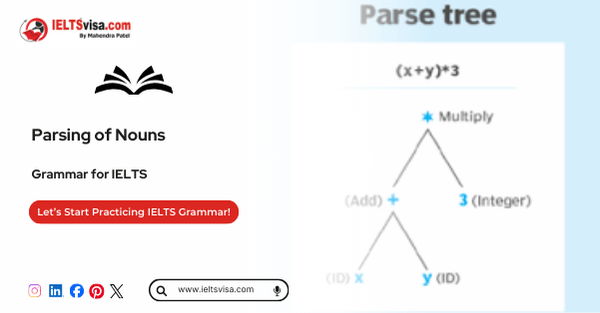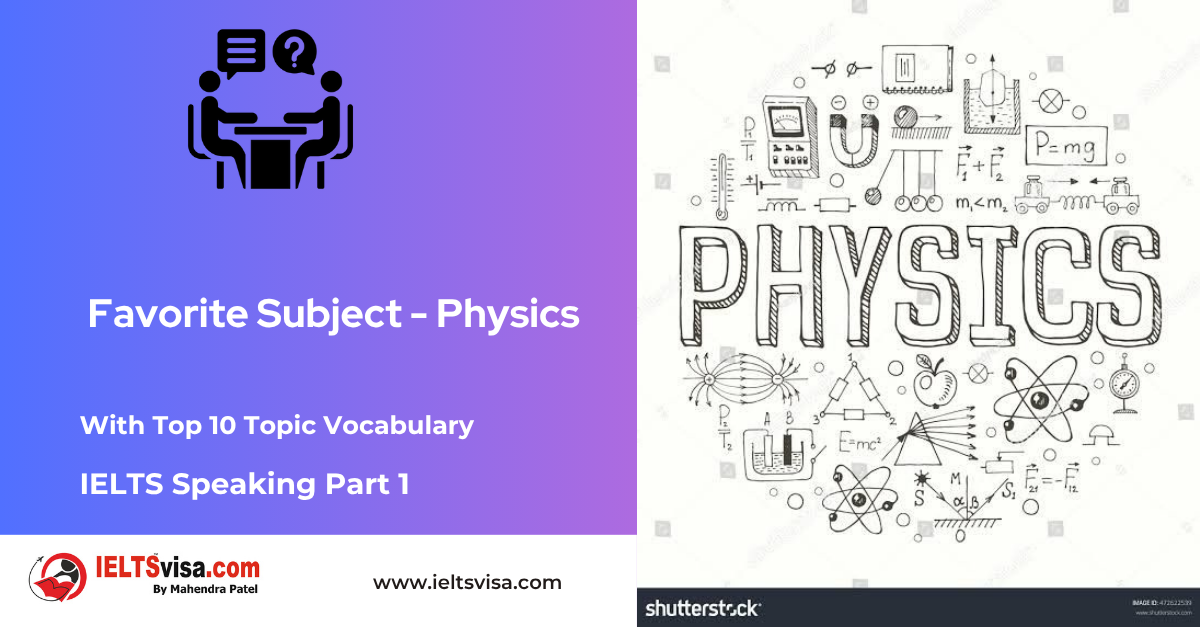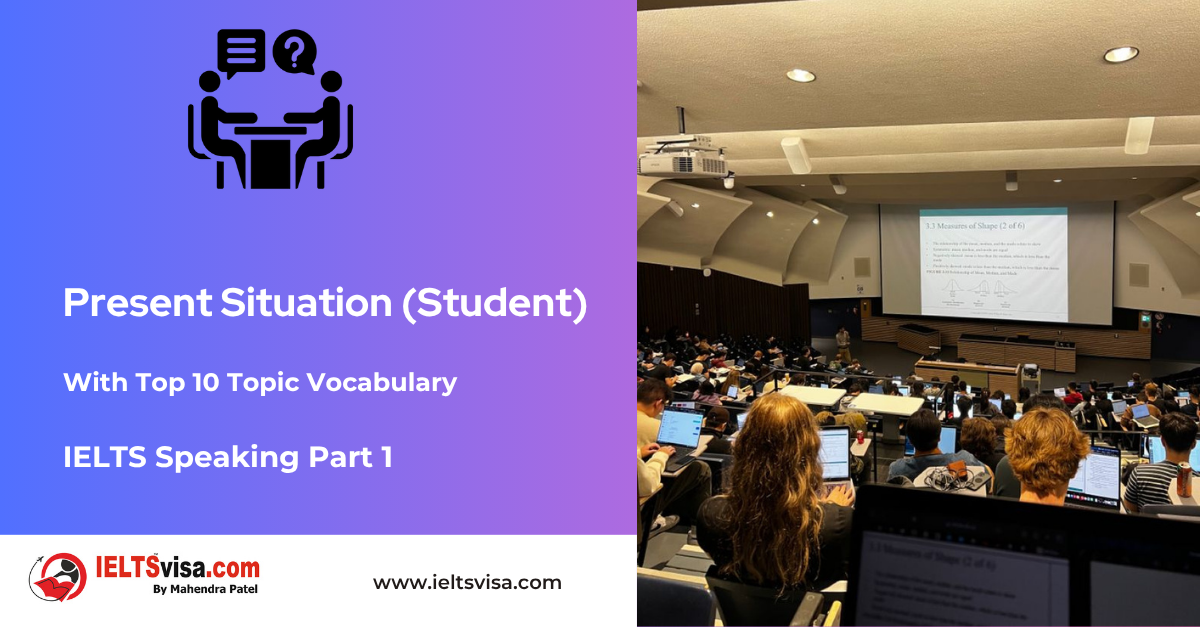Parsing of Nouns
Grammar for IELTS

Parsing of Nouns: Definition, Methods, and Applications
Parsing is an essential linguistic exercise that involves breaking down sentences into their constituent parts to understand their meaning and grammatical structure. While parsing applies to various parts of speech, the focus here is on parsing nouns, their roles, and the relationships they have within a sentence. This article provides a comprehensive overview of parsing, traditional methods, and its applications in modern linguistics.
Key Takeaways: Parsing of Nouns
-
- Parsing is the process of analyzing sentences by identifying their components and grammatical functions.
- Nouns, being integral elements of sentence structure, are parsed to understand their roles, such as subject, object, or complement.
- Parsing can be done manually or with the aid of computational tools for larger texts.
What Is Parsing?
Definition
Parsing refers to the grammatical analysis of a sentence, breaking it down into its parts of speech, such as nouns, verbs, adjectives, and prepositions. It also involves identifying the syntactic and semantic relationships between these parts.
Example of Parsing a Sentence
Take the sentence:
-
- The girl is reading a book.
Here is how parsing works:
1. The: Article (determiner) qualifying the noun.
2. Girl: Noun (subject) performing the action.
3. Is reading: Verb (present continuous tense) showing the action.
4. A: Article (determiner) introducing the object.
5. Book: Noun (direct object) receiving the action.
By analyzing these components, we can interpret that the sentence describes an action performed by “the girl” on “a book.”
Parsing of Nouns
Nouns are pivotal in sentences, often serving as subjects, objects, or complements. Parsing a noun involves identifying:
1. Its role in the sentence (subject, object, etc.).
2. Its modifiers or qualifiers (articles, adjectives).
3. Its syntactic relationships (possessive, appositive, etc.).
Examples of Parsing Nouns
1. The man opened the door.
-
- The man: Subject (noun), introduced by the article “the.”
- The door: Object (noun), introduced by the article “the.”
2. Alice gave her friend a gift.
-
- Alice: Subject (noun).
- Her friend: Indirect object (noun phrase).
- A gift: Direct object (noun phrase).
How Do Noun Cases Work?
Noun cases specify the grammatical roles of nouns within a sentence. They help determine the relationship between nouns, verbs, and other elements. English has a simplified case system compared to many other languages, but it retains three primary cases: nominative, accusative, and possessive.
Noun Cases in Action
1. Nominative (Subject Case): The noun is the subject of the verb.
-
- Example: The cat sleeps. (“Cat” is the subject performing the action.)
2. Objective (Object Case): The noun is the object of the verb or preposition.
-
- Example: The teacher praised the student. (“Student” is the object receiving the action.)
3. Possessive Case: The noun shows ownership or possession.
-
- Example: This is John’s book. (“John’s” shows possession.)
Comparison with Other Languages
In languages like Russian, Latin, or German, noun cases involve morphological changes to indicate roles. For instance:
-
-
- Latin: “Domus” (house – nominative), “Domum” (house – accusative).
- German: “Der Hund” (the dog – dog-nominative), “Dem Hund” (the dog-dative).
-
Traditional Methods of Parsing
Manual Parsing
Manually parsing a sentence involves identifying the part of speech and the grammatical role of each word in the sentence.
Example:
-
- Sentence: The teacher gave the students homework.
-
- The teacher: Subject (noun phrase).
- Gave: Verb (past tense).
- The students: Indirect object (noun phrase).
- Homework: Direct object (noun).
-
- Sentence: The teacher gave the students homework.
Sentence Diagrams
Visual tools, such as sentence diagrams, can simplify complex sentences by visually representing the relationships between nouns and other sentence elements.
Modern Applications of Parsing
Parsing has evolved with advancements in computational linguistics, enabling the analysis of large texts through automated tools.
Computer-Assisted Parsing
Algorithms and parsers can:
-
- Identify and tag nouns and other parts of speech.
- Analyze syntax for insights into language structure.
- Handle large volumes of text, as seen in projects like Shakespearean literature analysis.
Psycholinguistics
Parsing is used to study how the brain processes language, transforming symbols into meaningful constructs.
Discourse Analysis
In this advanced form of parsing, linguists examine the use of nouns within broader contexts, such as social behaviour, politics, and memory.
What to Look For in Parsing
1. Noun Function: Identify whether the noun is a subject, object, or complement.
2. Modifiers: Articles, adjectives, and prepositions affect the noun.
3. Case Indicators: Possessive forms, pronouns, or word order in English; suffixes or prefixes in other languages.
4. Word Order Flexibility: Languages with cases allow flexible word orders compared to English’s rigid structure.
Test Your Knowledge
Parse the nouns in the following sentences:
1. The dog barked at the stranger.
2. Sarah wrote a letter to her friend.
3. The children’s toys are scattered across the room.
4. We visited the museum on Sunday.
5. His father’s car is parked outside.
Answers:
1. The dog: Subject (noun phrase).
The stranger: Object of preposition (noun phrase).
2. Sarah: Subject.
A letter: Direct object.
Her friend: Indirect object.
3. The children’s toys: Possessive noun (subject).
The room: Object of preposition.
4. We: Subject.
The museum: Object of preposition.
5. His father’s car: Possessive noun (subject).

Our Books
Master IELTS Speaking Part 1
IELTS Writing Task 1 Book
IELTS Writing Task 2 Book
Practice IELTS Other Modules
IELTS Listening
The IELTS Listening test assesses how well you can understand spoken English in various contexts. It lasts about 30 minutes and is divided into four sections with a total of 40 questions. The listening tasks become increasingly difficult as the test progresses.
IELTS Academic Reading
The IELTS Academic Reading section assesses your ability to understand and interpret a variety of texts in academic settings. It is designed to evaluate a range of reading skills, including skimming for gist, reading for main ideas, reading for detail, understanding inferences, and recognizing a writer's opinions and arguments.
IELTS Speaking
The IELTS Speaking test assesses your ability to communicate in English on everyday topics. It lasts 11-14 minutes and consists of three parts: introduction, cue card, and a discussion based on the cue card topic.
IELTS General Reading
IELTS General Reading tests your ability to understand and interpret various types of texts. Here are some key areas and types of content you can expect to encounter in the reading section, along with tips for effective preparation.
IELTS Academic Writing Task 1
In IELTS Academic Writing Task 1, you are presented with a visual representation of information, such as graphs, charts, tables, or diagrams, and you are required to summarize, compare, or explain the data in your own words.
IELTS General Writing Task 1
In IELTS General Writing Task 1, you are required to write a letter based on a given situation. The letter can be formal, semi-formal, or informal, depending on the prompt. Here’s a breakdown of the key components to include in your letter
IELTS Academic Writing Task 2
In IELTS Academic Writing Task 2, you are required to write an essay in response to a question or topic. Here’s a guide to help you understand the essential elements of this task
IELTS Exam Tips
To succeed in the IELTS exam, practice regularly, familiarize yourself with the test format, improve your vocabulary, develop time management skills, and take mock tests to build confidence.
Grammer for IELTS
Grammar is the foundation of effective communication in English. Understanding tense usage, subject-verb agreement, and sentence structure enhances clarity and coherence in writing and speaking.
Vocabulary for IELTS
Vocabulary plays a crucial role in the IELTS (International English Language Testing System) exam, especially in the Speaking and Writing sections. Here’s an overview of why vocabulary is important and how it impacts your performance
RECENT IELTS SAMPLES QUESTIONS AND ANSWERS
IELTS Speaking Part 1 – Favourite Sujbect – Physics
IELTS Speaking Part 1 - Favourite Sujbect - Physics Q: What is your favourite subject? A: My favourite subject...
IELTS Speaking Part 1 – Present Situation (Student)
IELTS Speaking Part 1 - Present Situation (Student) Q1: Are you a student or do you work?A: I’m a full-time...
IELTS Speaking Part 1 – Present Situation – Employee – as an International Student and Social Worker
IELTS Speaking Part 1 - Present Situation - Employee - as an International Student and Social Worker Q1: Are...
IELTS Speaking Part 1 – Persent Situation – Employee- as an Electric Engineer
IELTS Speaking Part 1 - Persent Situation - Employee- as an Electric Engineer Q1: What do you do for a...
IELTS Speaking Part 1 – Persent Situation – Employee – as an Software Engineer
IELTS Speaking Part 1 - Persent Situation - Employee - as an Software Engineer Q1: What do you do for a...
IELTS Speaking Part 1 – Persent Situation – Married
IELTS Speaking Part 1 - Persent Situation - Married Q1: Are you married?A: Yes, I am married. My spouse and I...












